“The bomber will always get through” is one of the most well-known quotes in the history of British parliamentary speeches by Stanley Baldwin. During World War II, both sides carried out systematic bombardments.
Their main goal was terror and the destruction of the enemy’s economic ability to wage war. Here, in no particular order, are 10 devastating bombings of WWII.
Attack on Pearl Harbor
On December 7, 1941, Imperial Japanese aircraft launched from six aircraft carriers delivered a crushing blow to the US Pacific Fleet in Pearl Harbor, Hawaii. Thus, with that surprise attack, Japan launched its war against the United States.
The operation was carried out in parallel with others that delivered coordinated strikes on American and British forces in the Pacific Theater.
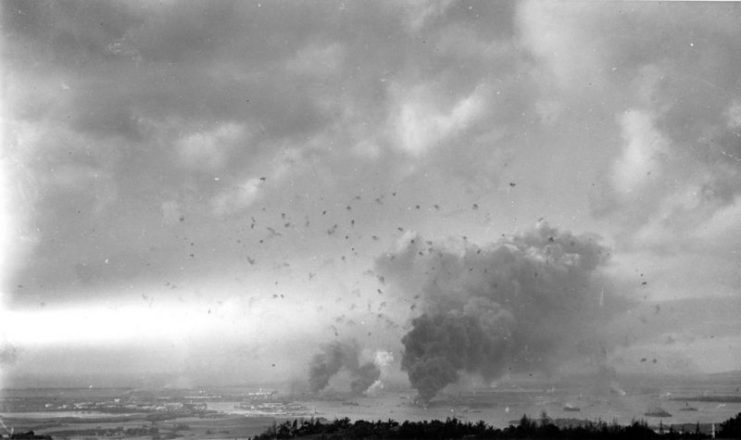
The Japanese attack destroyed or crippled nearly 20 American ships, although all but USS Arizona and USS Utah were later salvaged and repaired. The US Army Air Forces lost 188 planes destroyed and 159 seriously damaged. In total, 2,335 American soldiers were killed and 1,143 injured.
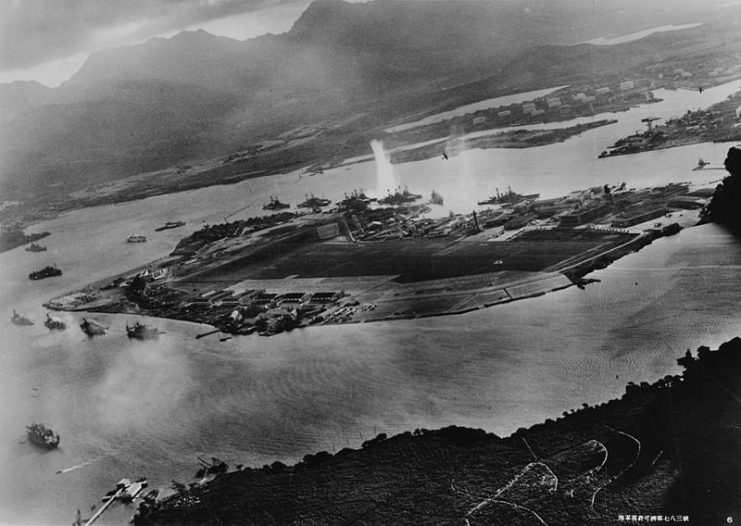
The Japanese lost 29 aircraft: 15 dive bombers, 9 fighters, and 5 torpedo bombers. In addition, 74 aircraft were damaged and five midget submarines were sunk. The casualties were 64 people, including one sailor captured.
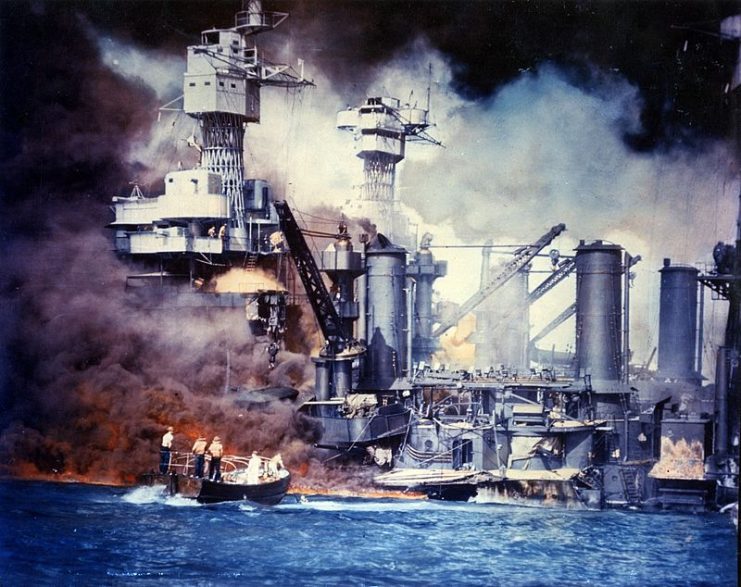
Atomic bombings of Hiroshima and Nagasaki
On the morning of August 6, 1945, the American B-29 bomber Enola Gay dropped the Little Boy atomic bomb, equivalent to 13 to 18 kilotons of TNT, on the Japanese city of Hiroshima. The total area of the destruction of the city was 5 square miles of the city.
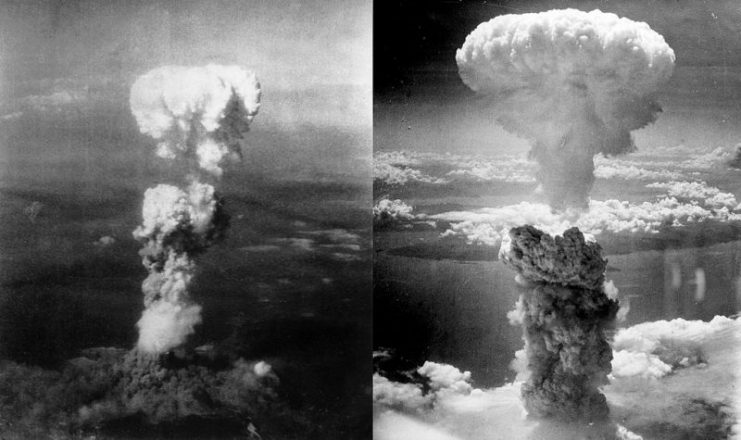
According to Japanese officials, 69% of Hiroshima’s buildings were destroyed by the explosion, and another 6-7% were damaged. The infrastructure of the city was destroyed by 90%. The nuclear attack continued to kill the surviving inhabitants for many years later by causing radiation sickness and leukemia.
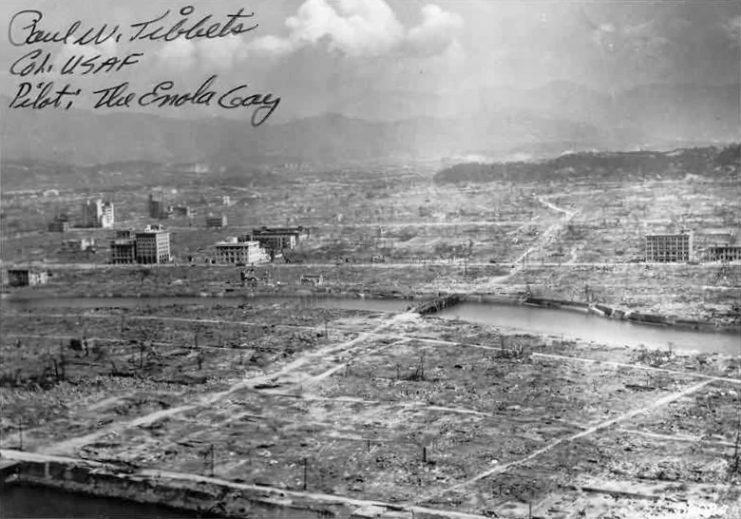
Three days later, on August 9, 1945, a B-29 bomber called Bockscar dropped the Fat Man atomic bomb, which had the equivalent of 22 kilotons of TNT, onto the city of Nagasaki.
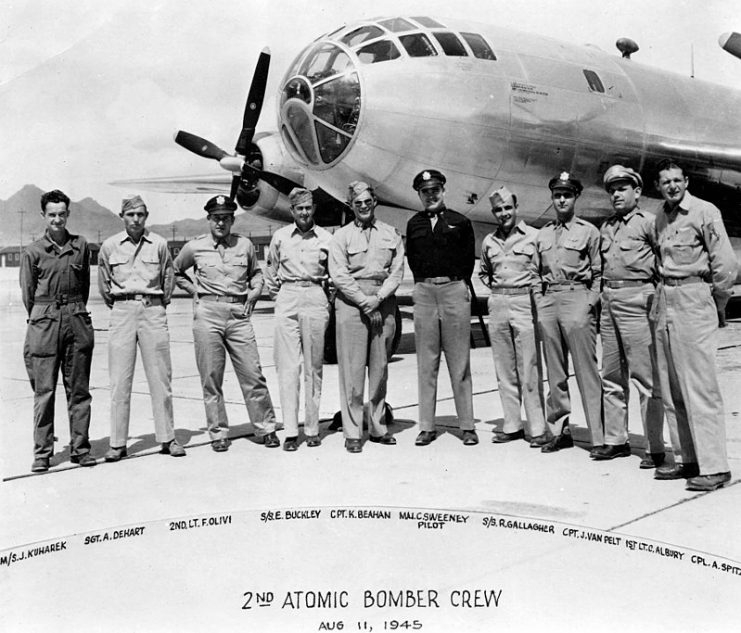
The explosion affected an area of 2.6 square miles. The destruction was limited by Nagasaki’s location in narrow valleys between mountains. The casualties from both bombings were 90,000-146,000 people in Hiroshima and 39,000-80,000 in Nagasaki.
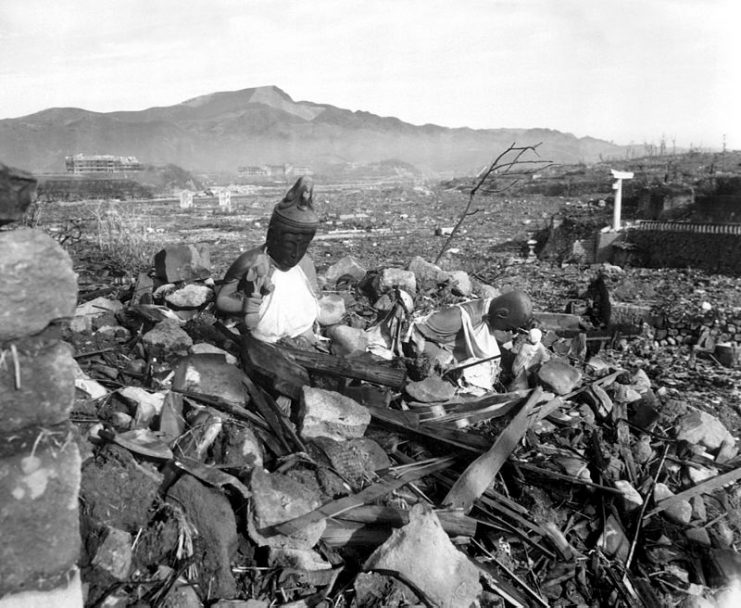
Bombing of Dresden
From 13 to 15 February 1945, 722 British Royal Air Force and 527 United States Army Air Forces bombers made four raids that dropped about 4,000 tons of bombs and incendiary devices on Dresden. The firestorm that arose after this destroyed the city center, turning it into ruins and a mass grave.
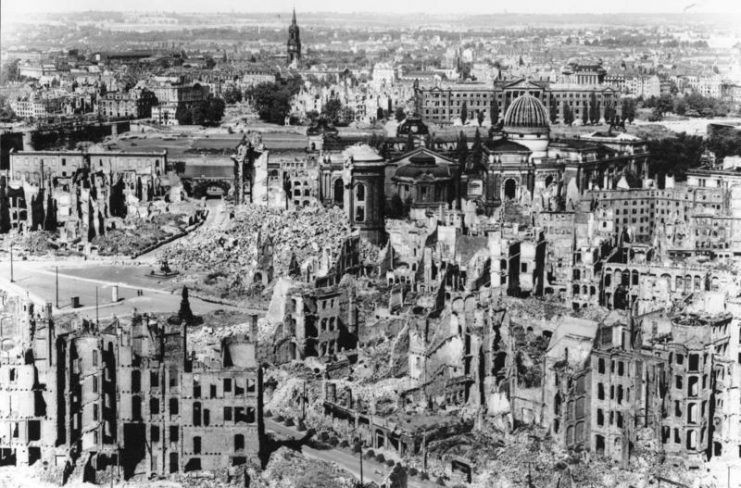
Among military historians, there is disagreement about the justification for this attack. According to the Allies, the main objective of the airstrike was a large communications and railway junction that contained a large number of military factories. According to various estimates, between 22,700-25,000 civilians were killed during the bombing.
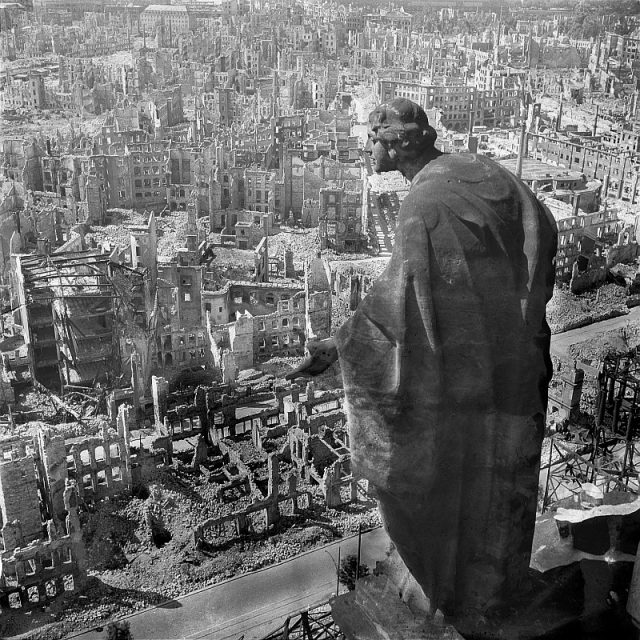
Coventry Blitz
On November 14, 1940, 515 German Heinkel He 111’s almost destroyed the British city of Coventry, which was a major center of the defense industry. Within 11 hours, bombers dropped 550 tons of high explosive bombs, including 36,000 incendiary bombs, on the city. They also dropped 50 parachute mines, of which 20 were incendiary petroleum mines.
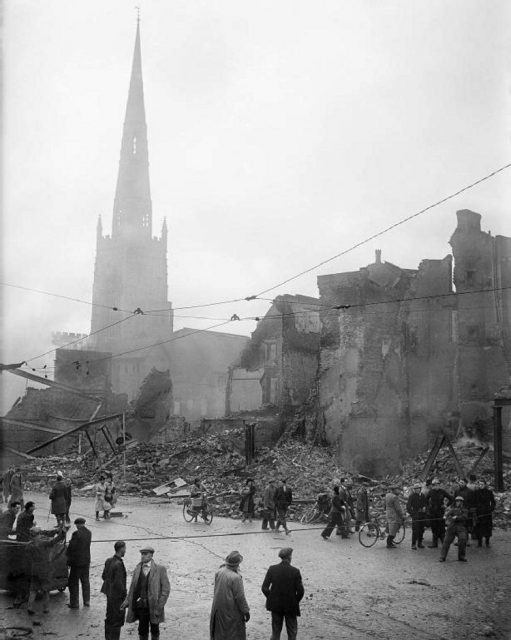
4,330 houses were completely destroyed, as well as three-quarters of all factories, the railway, and communications. According to various estimates, 568 people were killed and 865 were injured. Over the next two years, the city of Coventry was bombed more than 40 times, killing another 1,236 people.
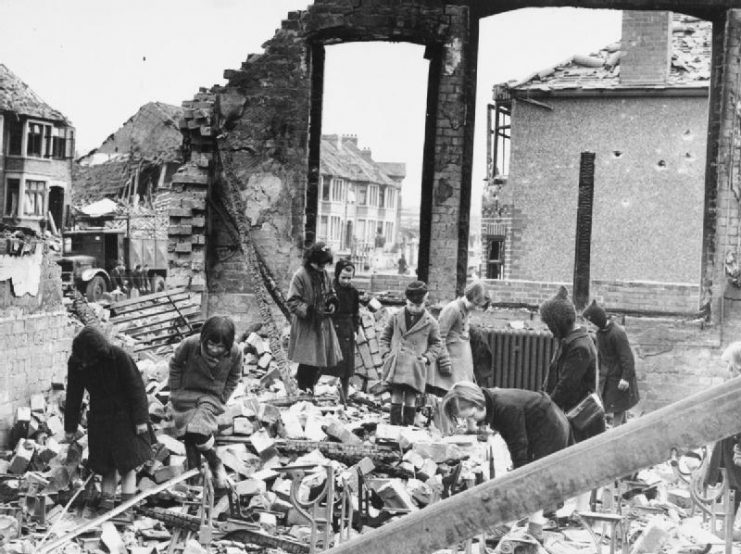
Bombing of London
On December 29, 1940, German bombers made their most massive raid on the city of London during the entire period of the Second World War. Due to incendiary and high explosive bombs dropped on the city, about 15,000 fires occurred, which according to various estimates led to the death of up to 8,000 people.
Because of the bombing, many historical buildings, monuments, churches, and the administrative center of the city were destroyed.
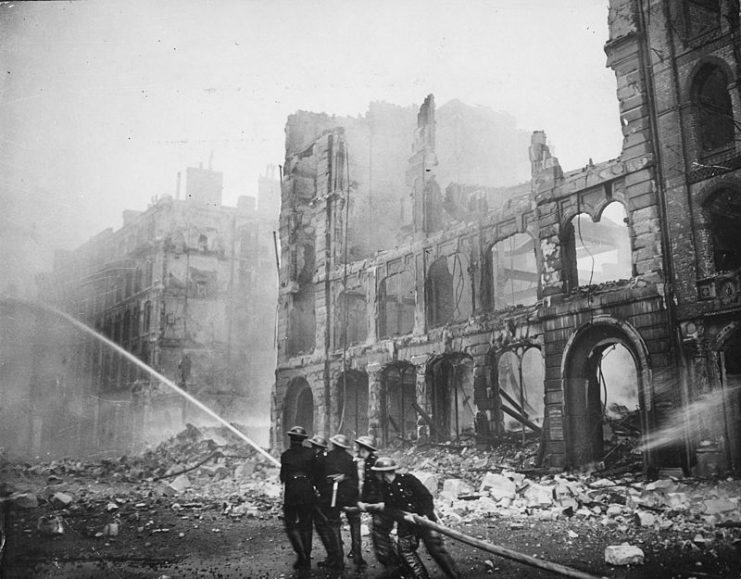
The London Blitz operation began on September 7, 1940 and lasted for 57 consecutive nights, and then intermittently continued until May 1941. By the end of May 1941, about 40,000 civilians in London and its surrounding area were killed in the bombing.
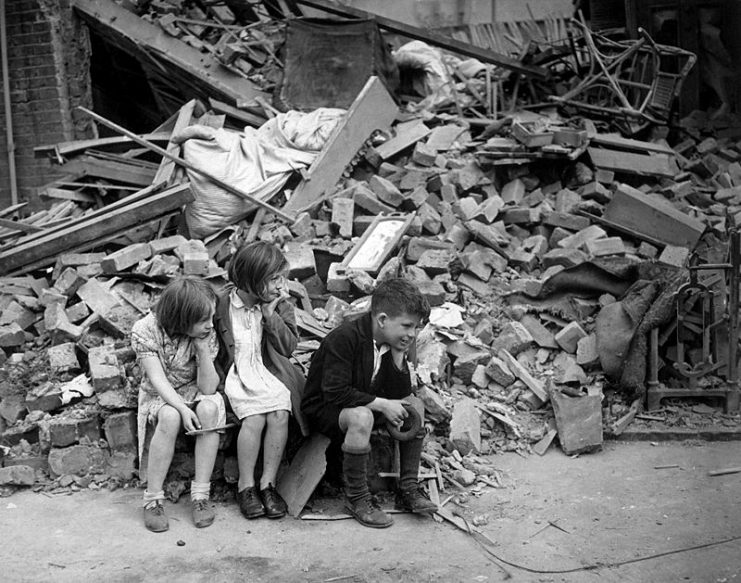
Bombing of Hamburg
From July 25 to August 3, 1943, the United States and British air forces launched Operation Gomorrah, a series of their largest bombardments in the German city of Hamburg.
Up to 40,000 people were killed during the raids and about 125,000 were injured, although other sources say 37,000 were killed and 200,000 were injured. About a million residents were evacuated.
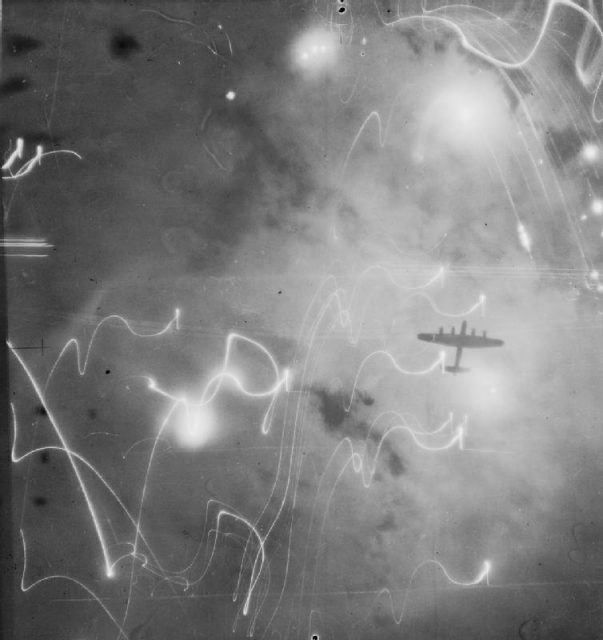
On July 28, 1943, because of dry weather and intensive bombing, a firestorm of 800 degrees occurred, which destroyed about 50,000 city buildings.
People hiding in bomb shelters suffocated, deprived of air by the fire. Until July 30, the British made 2,355 night sorties and the Americans 235 daytime sorties on Hamburg, dropping about 9,000 tons of bombs.
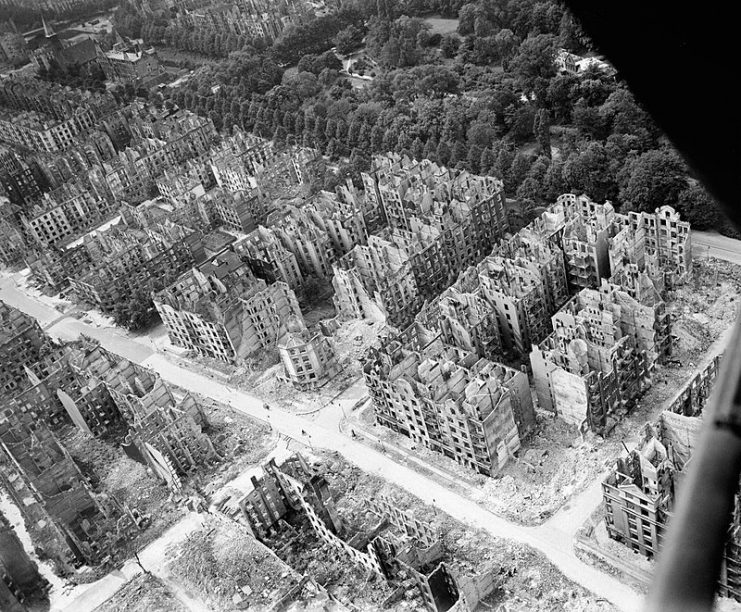
Bombing of Stalingrad
The most destructive bombardment of Stalingrad took place on August 23, 1942. According to some historians, on that day German planes made about 1,500-2,000 sorties.
As a result of the bombing, mass fires began, and as water intake stations stopped working, there was no means to fight the fire. According to various estimates, the bombing of Stalingrad claimed the lives of about 40,000 civilians.
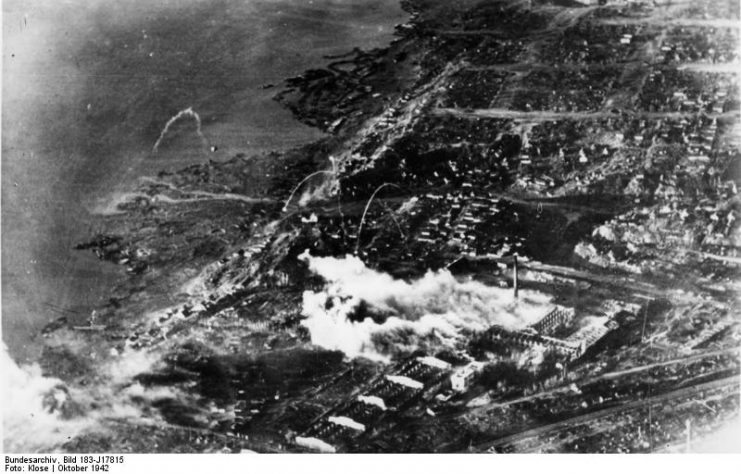
Further fighting, fires and bombardment turned Stalingrad into ruins, destroying up to 80% of all city buildings.
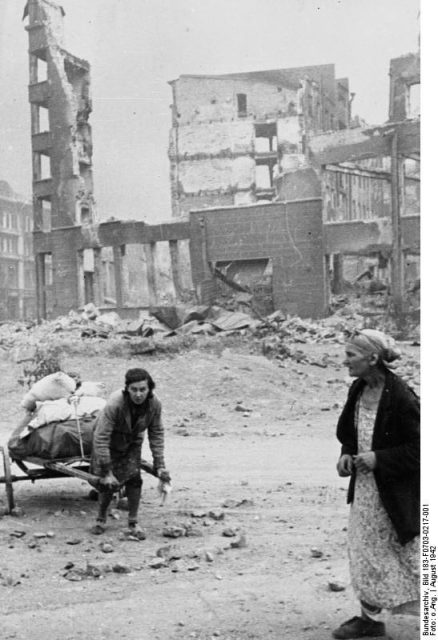
Bombing of Tokyo
On March 10, 1945, the United States Army Air Forces made its most destructive airstrike on the Japanese capital of Tokyo. 325 bombers, 279 of them over target, dropped 1,665 tons of napalm and incendiary bombs on the city. Incendiary mixtures were useful to destroy Tokyo’s architecture, which was rich in wooden buildings.
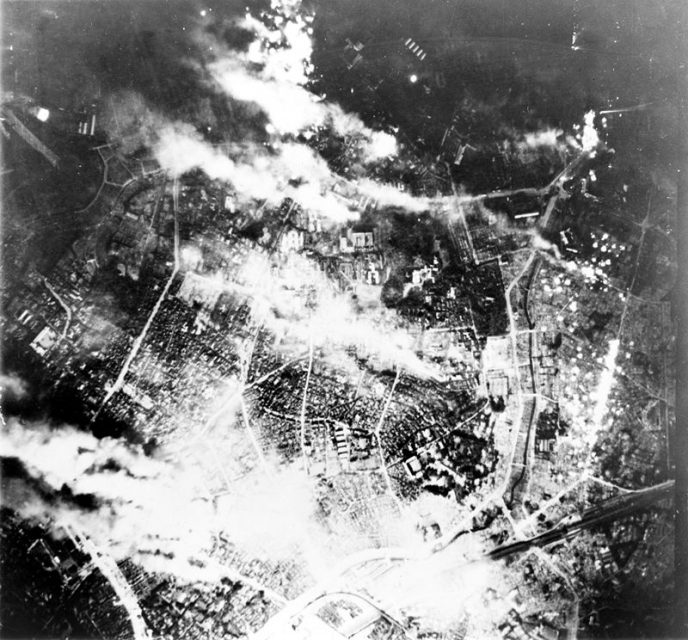
The bombardment lasted for 3 hours and led to the formation of a firestorm that caused the mass deaths of 88,000-100,000 residents. The fire also burned about 40% of Tokyo’s housing, or 267,171 homes.
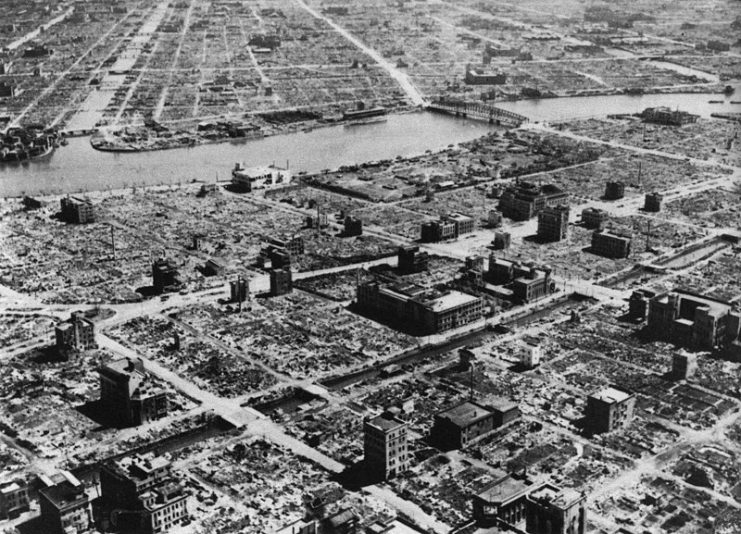
Bombing of Rotterdam
On May 10, 1940, the German army launched attacks on Holland. The final stage of the operation was the bombing of Rotterdam. German bombers dropped about 97 tons of bombs mostly on the city center, destroying an area of 1 square mile (2.6 square km).
This in turn led to numerous fires and the death of about 900 people, and made 85,000 others homeless.
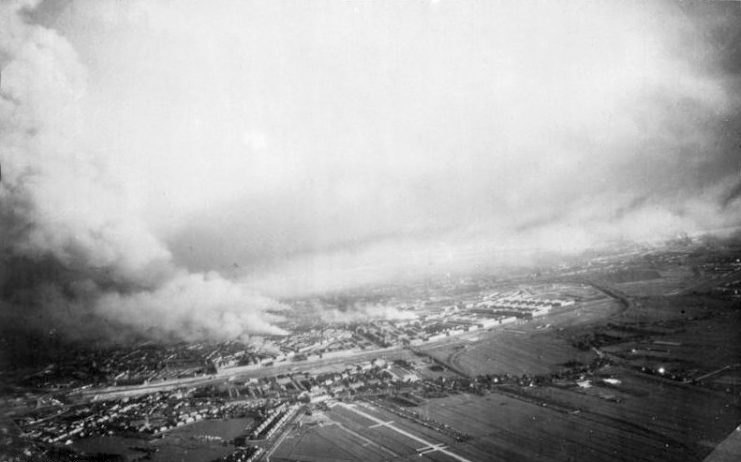
After assessing the situation and receiving German threats about the possible bombardment of other cities, the Netherlands announced its surrender.
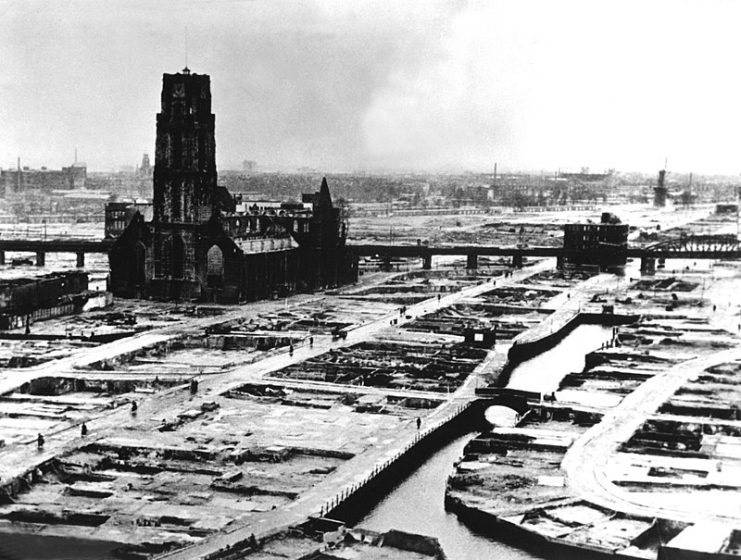
Bombardment of Lübeck
234 British Royal Air Force bombers dropped about 400 tons of bombs, including 25,000 incendiary devices, on the German city of Lübeck on March 28-29, 1942. First, bombers dropped high-explosive bombs that destroyed rooftops, and then dropped incendiary bombs.
During the raid, less than 20% of the city’s buildings were destroyed and up to 45% of the buildings received light damage.
Read another story from us: Stalingrad – Breaking Down the German Disaster
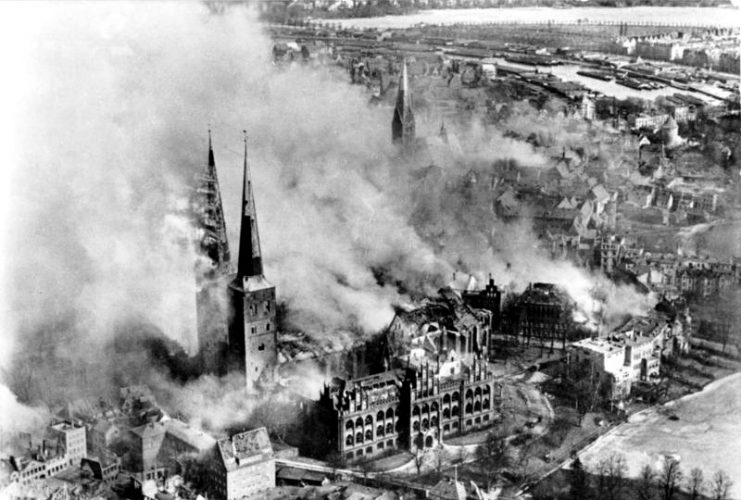
The next day, the German police reported the death of 301 people, 3 missing people, and 783 wounded. More than 15,000 people lost their homes. Because of the bombing, many of the artistic and historical aspects of the city of Lübeck were destroyed.
